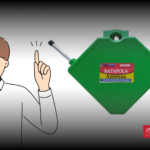Latest articles
Most viewed articles
Newsletter
Videos
Pictorial
Only One Earth
-
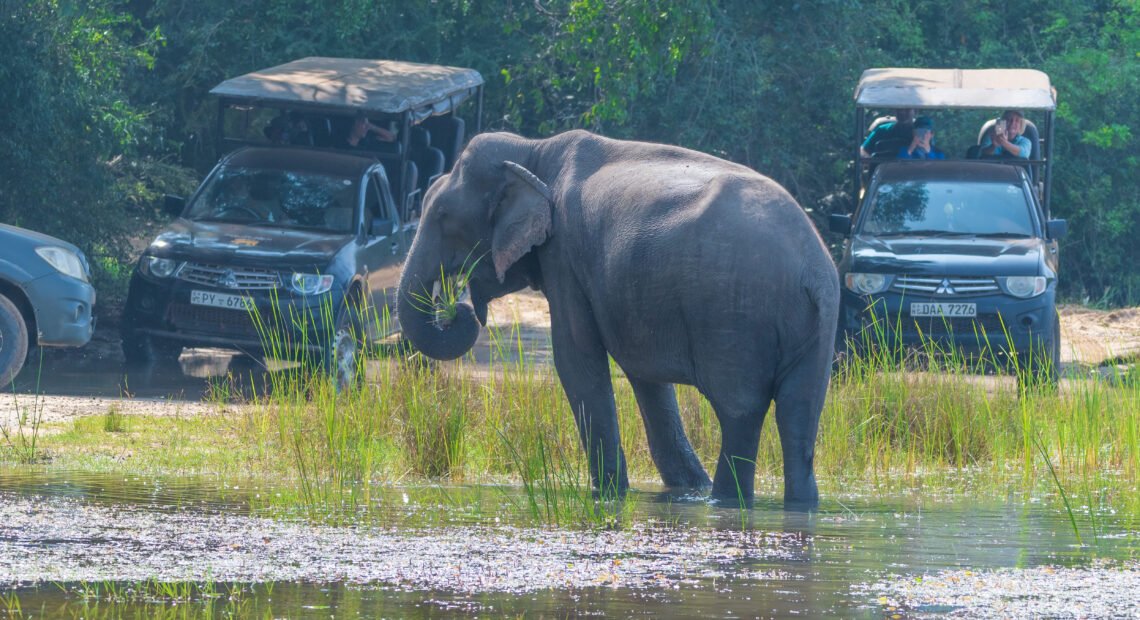
- Group of visitors gathered to see elephant behavior,National parks in Sri Lanka are home to diverse and extraordinary wildlife, attracting visitors from around the world. However, ensuring ethical practices and addressing associated issues is crucial for the preservation of these fragile ecosystems. Protecting wildlife ethics in national parks requires a collective effort to ensure responsible tourism practices, conservation education, and the enforcement of regulations. By promoting ethical safari experiences and addressing conservation challenges, Sri Lanka can safeguard its remarkable wildlife and offer sustainable and immersive experiences for visitors to enjoy while contributing to the long-term preservation of these natural treasuresPhoto Courtesy: Samith Dhananjaya
-

- Human activities in close proximity to elephant Galgamuwa, located in Sri Lanka, is an area severely affected by the human-elephant conflict. The conflict arises from the overlapping of human settlements and agricultural lands with the natural habitat of elephants. Photo Courtesy: Samith Dhananjaya
-
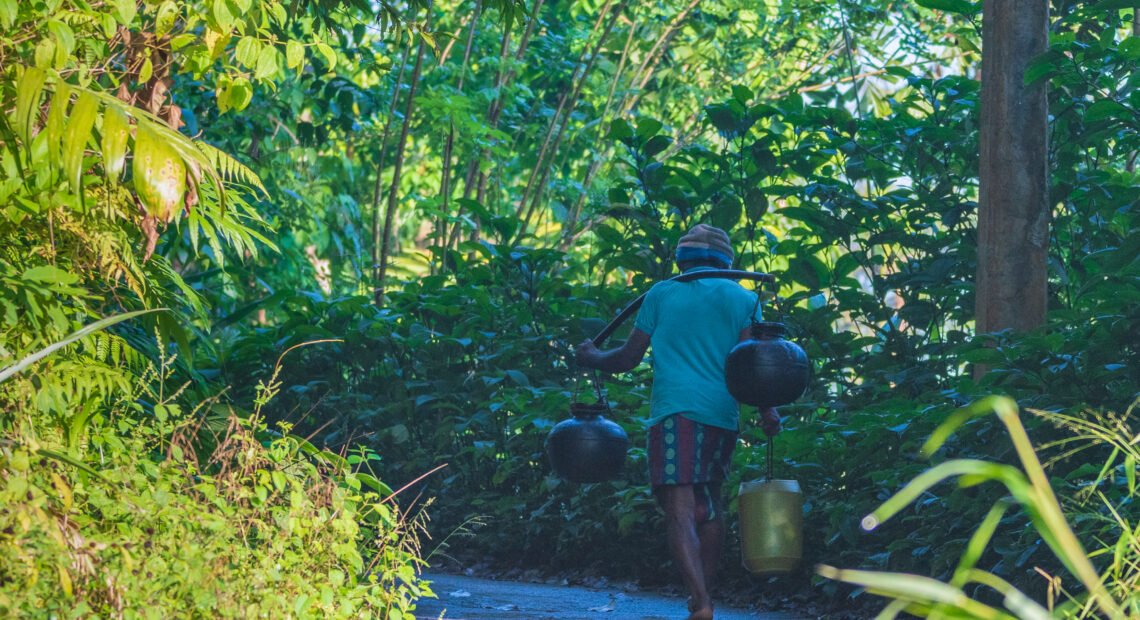
- Local villager collect kithul syrup in early morning Local villagers in Sri Lanka engage in the traditional process of making Kithul treacle and toddy, but they face various issues in their production. The availability of Kithul palm trees has declined due to deforestation and land-use changes. This limits the supply of sap and affects the livelihoods of those dependent on its production. Additionally, modern regulations and licensing requirements pose hurdles for small-scale producers. Compliance with quality control standards and obtaining necessary permits can be burdensome, making it harder for local villagers to sustain their traditional practices Photo Courtesy: Samith Dhananjaya
-
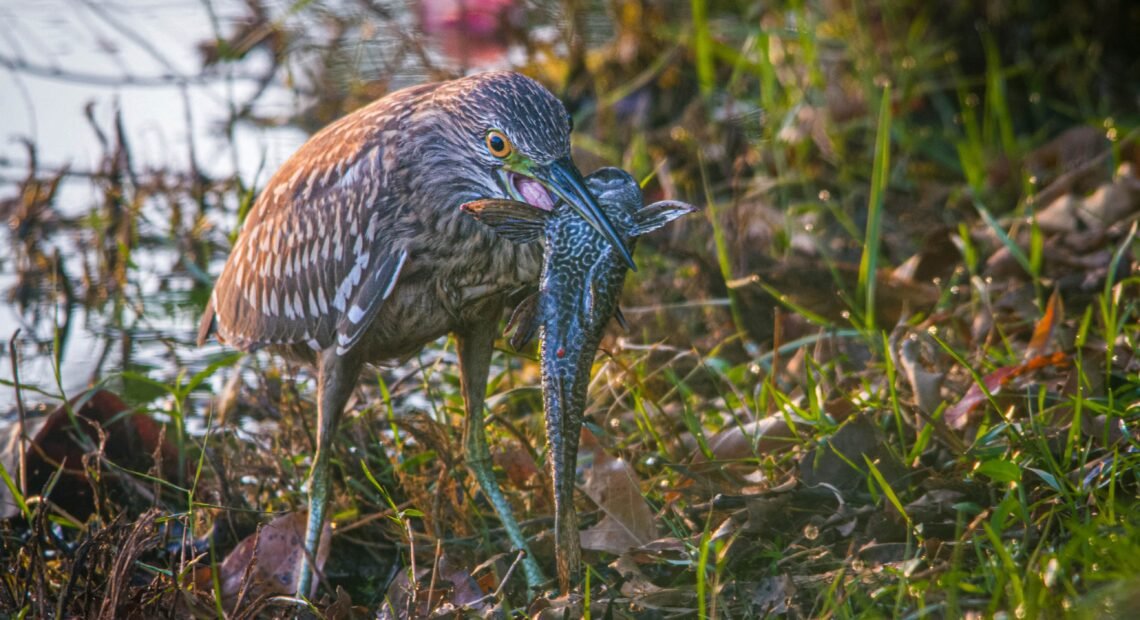
- Invasive species such as scavenger fish can have significant impacts on local ecosystems. It is worth noting that water birds can play a role in helping to control invasive fish populations. Many water bird species are known for their feeding behaviors, including catching and consuming fish. These birds, such as herons, egrets, cormorants, and kingfishers, have adaptations that enable them to catch fish efficiently. Photo Courtesy : Tilan Weerasinghe
-
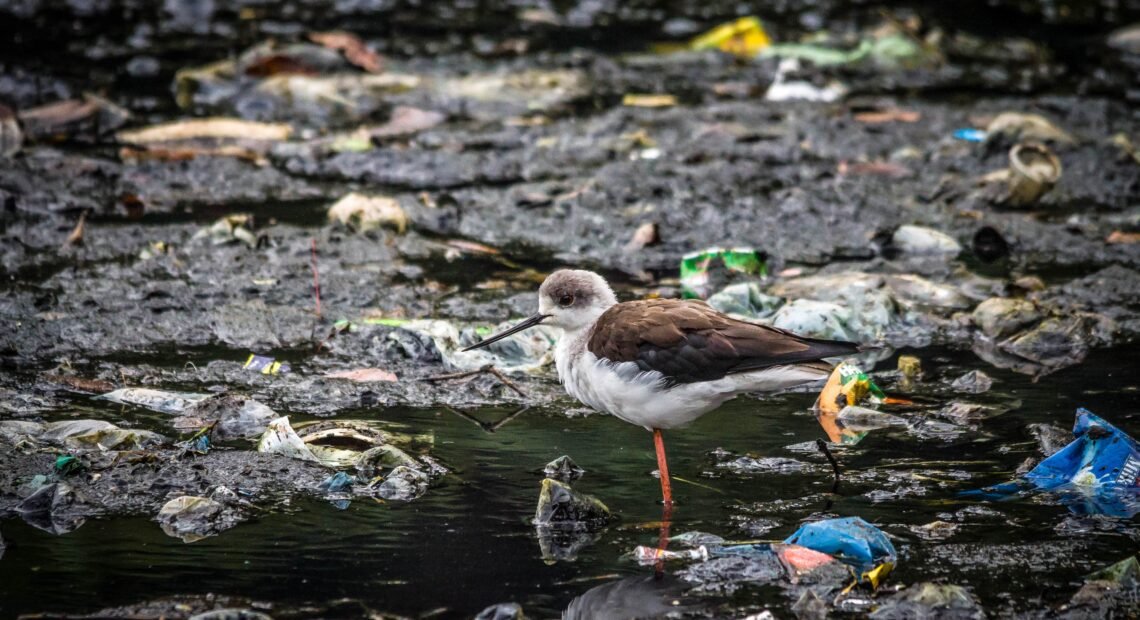
- Wetland pollution poses a significant threat to the well-being of animals and their habitats. Wetlands, including marshes and swamps, are vital ecosystems that support a wide variety of plant and animal species. However, pollution from various sources has led to detrimental effects on these delicate environments, resulting in the suffering of many animal species. Photo Courtesy : Tilan Weerasinghe
-

- An Indian Darter bird has a piece of cloth tucked in its beak, it can cause severe distress and potentially lead to life-threatening consequences. The cloth may restrict the bird’s ability to hunt properly, ultimately compromising its overall health and survival. Preventing littering and promoting responsible waste management practices are important steps to reduce the risk of wildlife being affected by human-made materials. Photo Courtesy : Tilan Weerasinghe
-

- Kandy is an upcountry city which is surrounded by lush green hills, Kandy offers a scenic and tranquil atmosphere. The picturesque Kandy Lake adds to its charm, providing a serene setting for leisurely strolls. In recent years, Kandy has experienced a disheartening increase in air pollution levels, primarily caused by vehicular emissions, industrial activities, and biomass burning. As a consequence, the once-clear skies of this idyllic city have become veiled in a persistent haze, shrouding its beauty in a foggy curtain The consequences of this pollution are multifold. Residents and tourists alike are witnessing a decline in air quality, leading to respiratory issues and other health concerns. The thick smog and fog that blankets the city not only obscure the scenic vistas but also diminish visibility, hampering daily activities and posing risks to road safety This image was captured from the Kandy city viewpoint in the evening time which looks like a foggy day due to polluted air. Photo Courtesy: Samith Dhananjaya
-
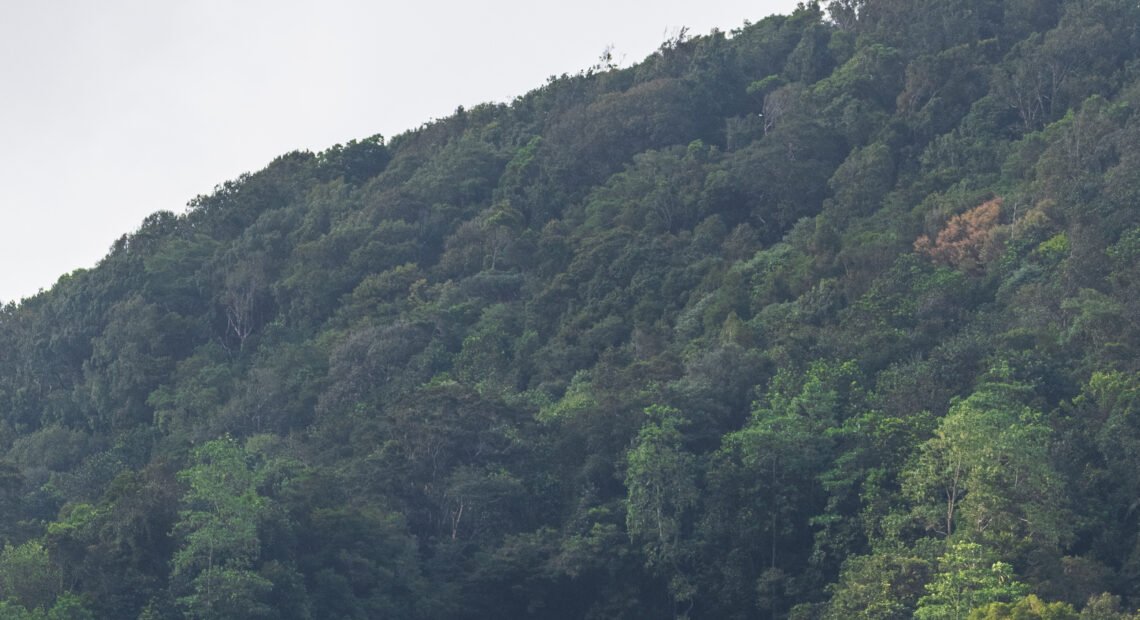
- The true cost of Tea Water, the lifeblood of our planet, sustains a delicate balance of ecosystems teeming with diverse aquatic life. However, the alarming issue of water pollution poses a severe threat to the well-being and survival of these invaluable creatures. Plastic waste, especially single-use plastics, has emerged as a significant contributor to water pollution. These non-biodegradable materials find their way into rivers, lakes, oceans, and other waterways through improper disposal and inadequate waste management systems. Once in the water, plastics break down into microplastics, creating an invisible but pervasive pollutant that affects a vast array of aquatic life. Protecting the lives of animals living near water bodies is not only an ethical imperative but also crucial for maintaining the health of ecosystems and the well-being of our planet as a whole. By addressing water pollution, reducing plastic waste, and fostering a culture of environmental stewardship, we can create a future where animals and humans thrive in harmony alongside our precious water resources. Photo Coustary: Samith Dhananjaya
-

- Polluted home and lifeline Water, the lifeblood of our planet, sustains a delicate balance of ecosystems teeming with diverse aquatic life. However, the alarming issue of water pollution poses a severe threat to the well-being and survival of these invaluable creatures. Plastic waste, especially single-use plastics, has emerged as a significant contributor to water pollution. These non-biodegradable materials find their way into rivers, lakes, oceans, and other waterways through improper disposal and inadequate waste management systems. Once in the water, plastics break down into microplastics, creating an invisible but pervasive pollutant that affects a vast array of aquatic life. Protecting the lives of animals living near water bodies is not only an ethical imperative but also crucial for maintaining the health of ecosystems and the well-being of our planet as a whole. By addressing water pollution, reducing plastic waste, and fostering a culture of environmental stewardship, we can create a future where animals and humans thrive in harmony alongside our precious water resources. Photo courtesy: Samith Dhananjaya
-

- Dying otter. Trapped in to snare at paddy fieldSri Lanka, known for its rich biodiversity and stunning natural landscapes, faces a pressing challenge in the form of snaring, which poses a severe threat to its wildlife. Snares are simple, yet highly effective, traps set by poachers to capture animals for illegal trade or to mitigate human-wildlife conflicts. Snares are the leading cause of death among Sri Lanka’s leopards. The impact of snares on wildlife is devastating. Animals caught in snares suffer severe injuries, including broken limbs, deep wounds, and infections. Many trapped animals die agonizing deaths due to starvation, dehydration, or predation. Additionally, snares disrupt natural population dynamics, leading to imbalances within ecosystems and potentially endangering already vulnerable species. Protecting Sri Lanka’s wildlife from the scourge of snaring is crucial for preserving the country’s natural heritage and maintaining the delicate balance of its ecosystems. Photograph by Samith Dhananjaya
-
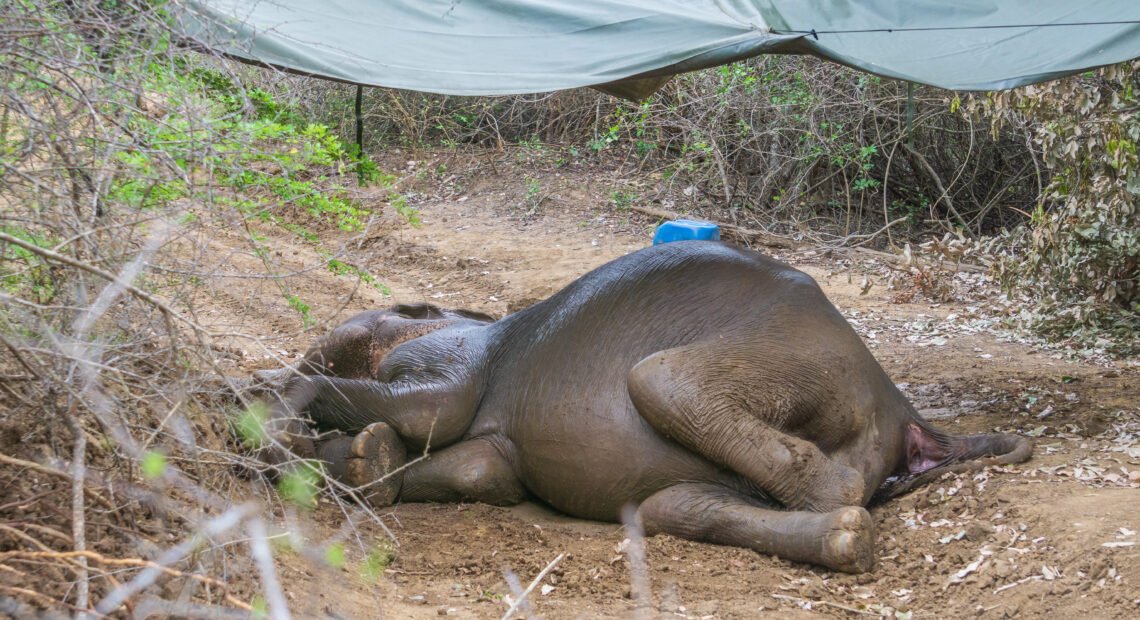
- Last moment of a dying elephant due to an unknown reason Elephant deaths in Sri Lanka pose a significant concern for the conservation of these magnificent creatures. Various factors contribute to the mortality of elephants in the country. Elephant deaths due to the consumption of waste have become a concerning issue. As human activities produce a significant amount of waste, including plastics and other non-biodegradable materials, elephants often come into contact with these harmful substances while foraging for food Photo Coustary: Samith Dhananjaya
-

- A Great Service by Purple Herons (Ardea purpurea). Clown Knife Fish (Chitala ornata) is disrupting the balance of the local food chain by preying on native species, potentially leading to declines in populations of native fish and other aquatic organisms. This incident was captured in Thalangama Lake near the Colombo area. It is evident that humans have released these fish into urban aquatic environments. Immediate action must be taken to address this issue. Photo courtesy: Ravindu Attanayake






